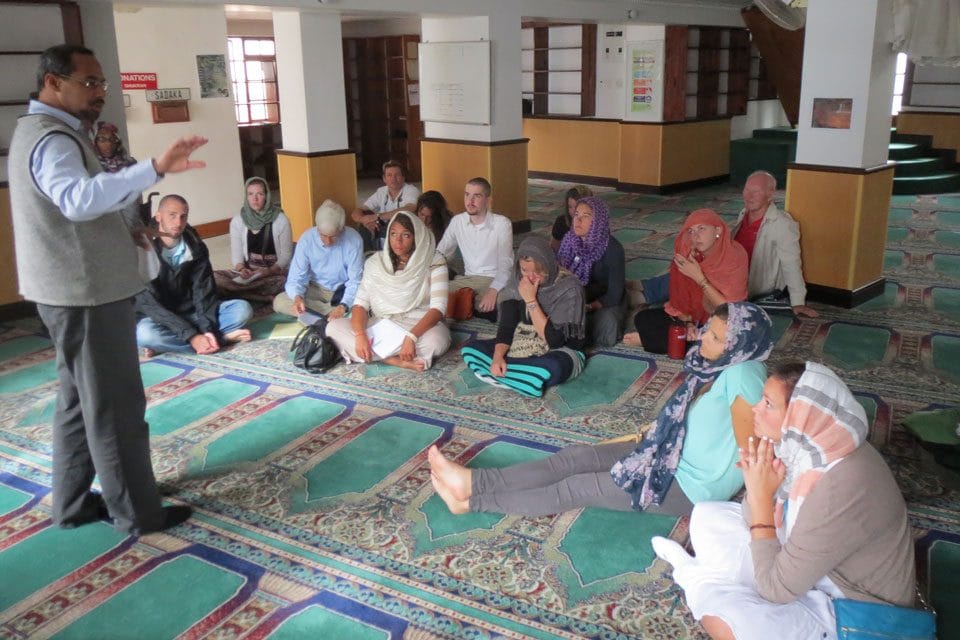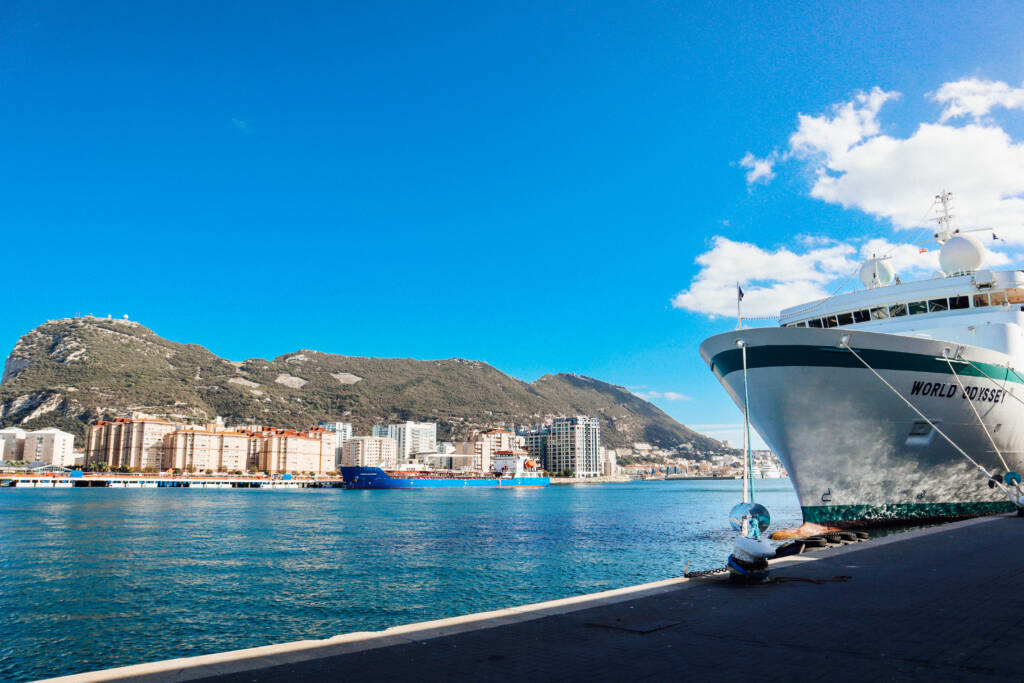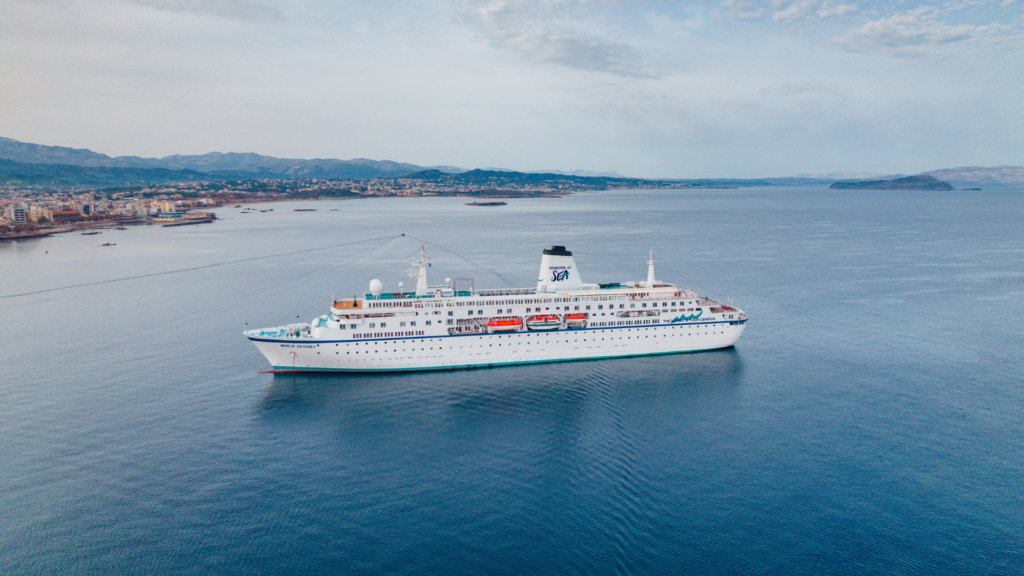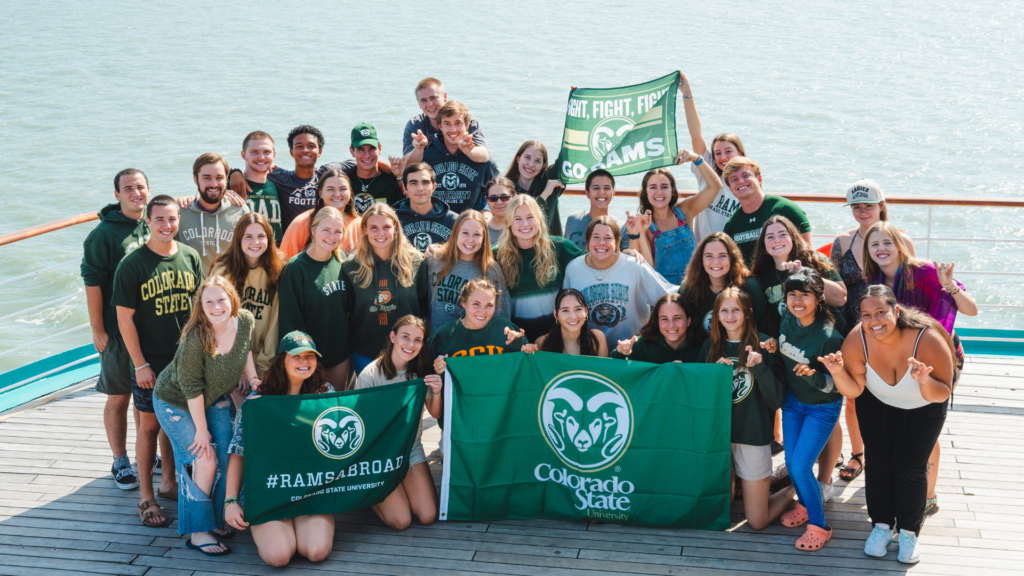
Just outside St. George’s Cathedral, in downtown Cape Town, where SAS students sat in the pews trying to listen to the speaker, they could hear the shouts and chants of the crowd protesting in front of the local provincial administration building. Several hundred people from the Khalichaya (pronounced “kaya-lee-cha”) township (and possibly other Cape Town townships) clogged the streets and barred traffic from passing within a quarter mile of the event.
The people had come to demand a proper sewer system and toilets to be installed throughout the entire township, located about 20 kilometers outside central Cape Town, one of the many far-off areas where black South Africans were forced to locate by the government during the years of apartheid. Whether or not the protest was a political tactic during a campaign year is uncertain. However, it harkened back to a time, just 30 years ago (still long before most of the current SAS students were born), when black South Africans and their allies against apartheid protested against the governing regime and often fled to St. George’s Cathedral for safety from South African police and their dogs, hoses and guns.
On this day, in 2013, there was no need for anyone to flee into the safe quarters of the church. The students inside were part of Tom Coburn’s class on Nonviolence, Activism and Contemplative Life and were on a field lab visiting different religious sites and locations to better understand the connections between how nonviolence, interfaith coalitions and activism.
“I wanted them to see religion in activism and particularly to understand the distinctive role that inter-religious collaboration played in bringing apartheid to an end,” Coburn explained while walking through the streets of Cape Town.
What many people don’t know about the struggle to end apartheid is the role that several religious organizations played in helping to bring down the then-ruling government. In Cape Town, in particular, an interfaith coalition of Jews, Muslims and Anglicans, led by leaders of the Anglican Church, worked tirelessly to put pressure on the government and to bring world attention to the atrocities of apartheid.
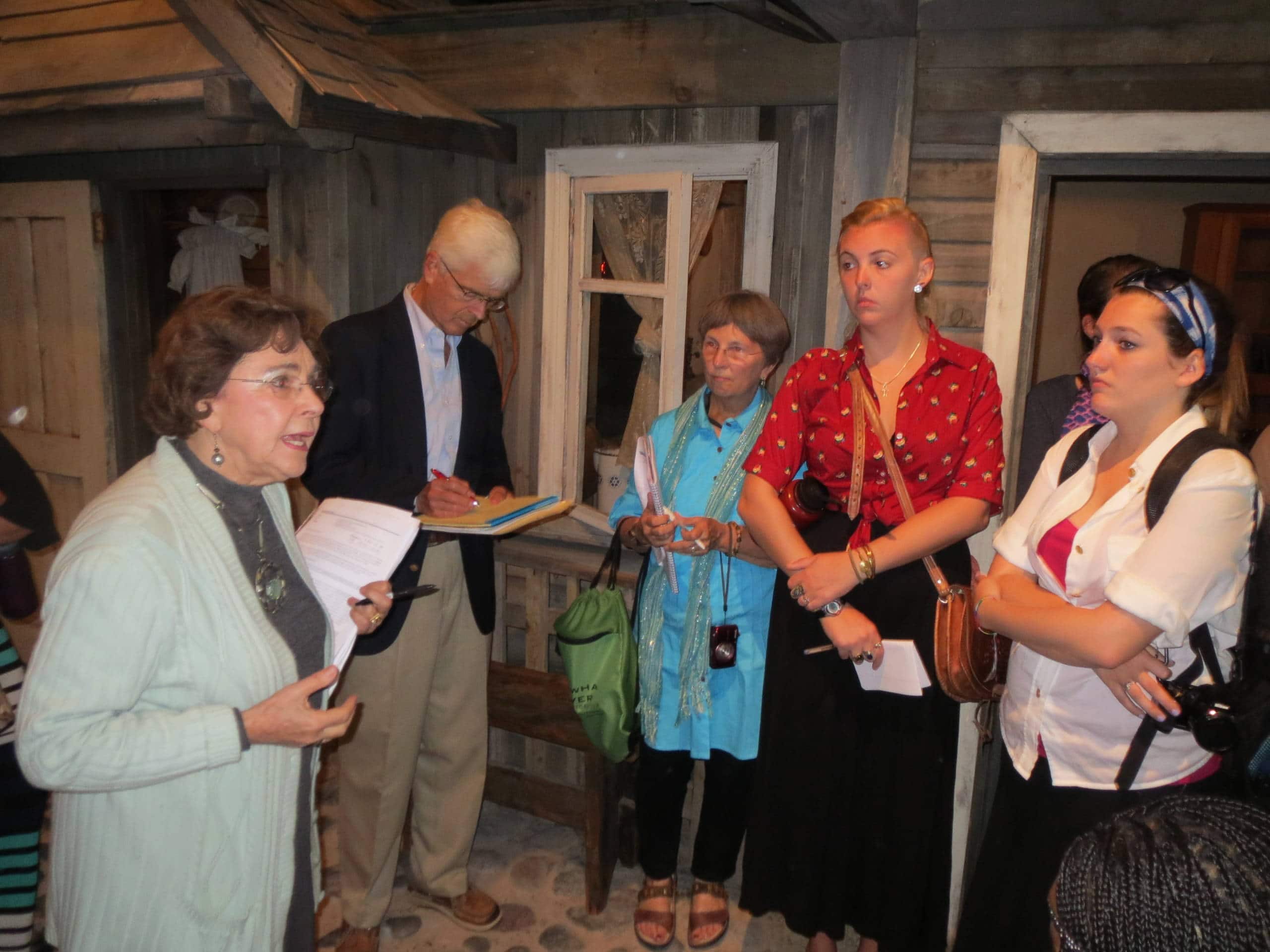
As part of the field lab, students in Coburn’s class took a “three-faiths pilgrimage” through Cape Town, visiting the city’s Jewish history museum, the first mosque in Cape Town (established in 1798) and ending with St. George’s Cathedral, where Desmond Tutu served as the Archbishop presiding over Cape Town from 1986 to 1996.
“During apartheid the church became a place for meetings when public protests were banned by the government,” explained Terry Crawford-Brown, an Irish-born, anti-apartheid activist who led the tour for the day.
Each of the sites, and their related communities and religions, had a deep history in in Cape Town. Jews settled there as refugees from Lithuania in the late 19th and early 20th centuries. Indonesian Malay Muslims were brought as slaves by the Dutch in the 17th and 18th centuries to work the fields. And Archbishop Desmond Tutu, a Bantu, was made the leader of the local Anglican church in 1986.
“The goal is for us all to understand one another better,” said Marlene Silbert, education director of the Jewish museum. She noted that many Jews were instrumental in the fight against apartheid, often being exiled and targeted because of their beliefs and their work. At the same time, many Jews prospered from apartheid as well and did nothing to stop it.
The Auwal Mosque was established after hundreds of years and repeated battles by Malays against restrictions of the ruling Dutch. Tuan Guru, a Malay slave who fought against the restrictions, was imprisoned in Robben Island in the 1700s. He was an influential force for the people throughout their history in Cape Town.
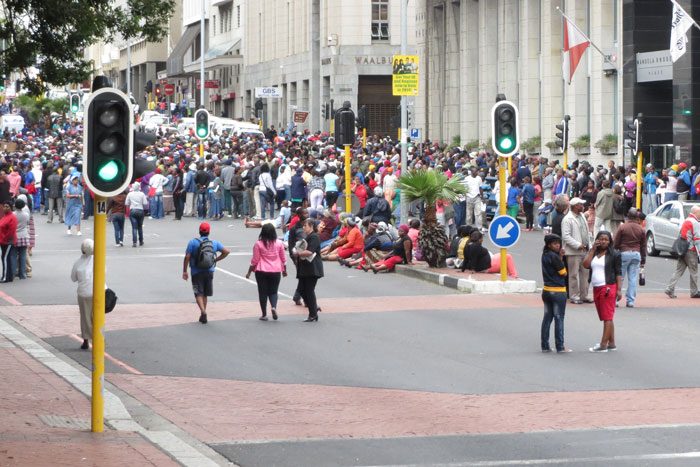
“Interfaith of resistance had a long history for Muslims and a strong enemy and goal in later years: to defeat the apartheid government,” said Mohammad Groenewald, a Muslim and resident of the Bo-Kaap neighborhood where the mosque is located and many of Malay had lived. “Today, we are in a movement of reconstruction and the challenge is engaging in difficult issues including truly knowing one another over simply tolerating one another.”
The challenge today is also repairing the devastating effects of apartheid, which are sorely evident among those who work in the stores in central Cape Town versus those who shop in them and most evident on a drive along the highway between Cape Town and the airport where acres of land are covered with the tin shacks of the townships. Inside the townships, life looks very much the same as in the past.
The question now is whether those same interfaith coalitions can join again to begin to repair the damages of apartheid and work against political corruption that is now damaging the country. Only time will tell.
